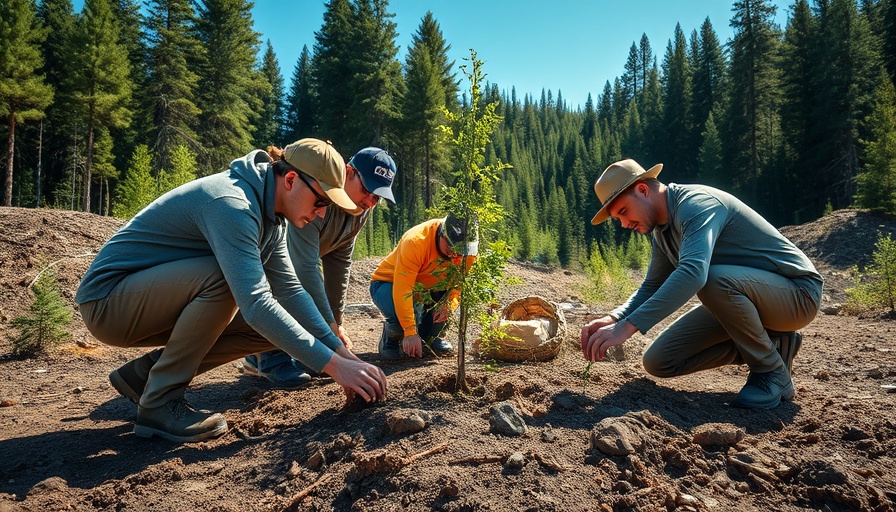
Mapping the Future of Reforestation
In the ongoing battle against climate change, new research has emerged showcasing the best places for global reforestation. Expert teams have identified regions like western Canada, the eastern United States, and parts of South America and Europe, estimating that restoring these areas could effectively sequester a staggering 2.43 million tons of carbon dioxide each year. That’s almost equivalent to the total carbon emissions produced by the European Union, highlighting the potential of strategic reforestation as a viable solution for climate stabilization.
Diving Into Natural Climate Solutions
The advantages of reforestation are evident; natural climate solutions (NCS) that protect, manage, and restore ecosystems are not only effective but also cost-efficient. The research emphasizes that aiding in forest recovery is one of the largest and most economical methods to remove carbon from the atmosphere. Reforestation offers a dual benefit—it not only captures CO2 but also enhances biodiversity and supports local ecosystems.
Research Methodology: Conserving What's Essential
The researchers adopted a conservative approach when determining potential reforestation areas. By focusing on regions with dense forests and avoiding areas recently affected by wildfires, they limited the scope to 482 million acres, a significant reduction compared to prior maps that suggested a much larger area. This emphasizes the need for making informed and ethical choices to avoid conflicts with Indigenous populations that dwell in these regions.
An Equitable Approach to Reforestation
Implementing effective reforestation strategies requires careful consideration of socio-cultural dynamics. With nearly 100 million people residing in or near the areas identified for replanting, sustaining a harmonious relationship with these communities is paramount. Conserving both environmental and human interests will ensure that restoration efforts not only enhance the atmosphere but also respect the land’s original stewards.
The Path Forward: Tools for Action
While reforestation is not a standalone solution to the climate crisis, it must complement other critical actions. It is vital that policy-makers and environmental professionals leverage these new mapping tools to create targeted strategies that maximize carbon capture effectively. Experts like Dr. Susan Cook-Patton advocate for immediate action, emphasizing the urgency of addressing CO2 levels while also pushing for a reduction in fossil fuel emissions.
 Add Row
Add Row  Add
Add 




 Add Row
Add Row  Add
Add 



Write A Comment